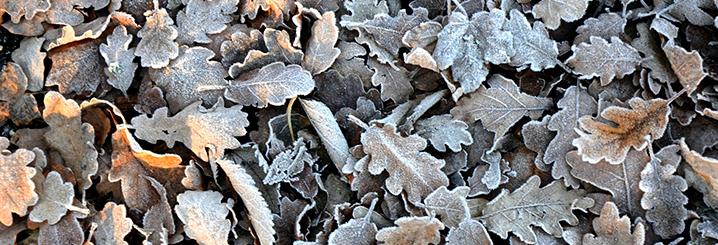How to eliminate weeds

Wild grasses, weeds, injurious or invasive plants: there are various negative terms to describe the broad spectrum of undesirable plants that you normally find on the lawn, in the orchard, in the vegetable patch or among blossoms in the flower bed.
In short, they're everywhere and they need to be dealt with. Weeds not only affect the look of your garden, but also compete against your plants for water, nutrients, light and space. In addition, weeds facilitate the spread of parasites and hinder plant care. Last but not least, they release pollen that can trigger allergic reactions (just think of weed grasses).
Here we provide an overview of the different ways to eliminate weeds from your garden, lawn, vegetable garden, orchard or vineyard.
The most common weeds
The most common types of weeds in lawns, gardens and vegetable patches are dicotyledons (dicots) and grasses. Dicots, or broadleaf weeds, are easier to spot due to the shape of the leaves. Examples of broadleaf weeds are the daisy, dandelion, plantain and clover.
By contrast, weed grasses – both annual and perennial – are monocotyledons (monocots). They have long and narrow leaves and are more difficult to identify because they closely resemble lawn grass. Common monocots include Poa annua and Cynodon dactylon.
But not all weeds are harmful: some, like the daisy, adorn your lawn with beautiful, colourful flowers. Other weeds are edible, tasty and healthy, like the dandelion and plantain. Even so, let’s see how you can get rid of weeds.
How to eliminate weeds
How can we eliminate weeds from the lawn? Manual or chemical weeding systems are proven to be effective. You can do manual weeding by carefully pulling each seedling out of the ground with the whole root system attached, a task that should be done before the weeds go to seed. With this technique – and a bit of patience and perseverance – you can eliminate weeds from vegetable patches, flower beds, and even garden paths or lawns. You can weed either by hand or using special tools, such as a weeder and grubber. In any case, pay attention to stoloniferous weeds such as Cynodon dactylon, which have a dense network of roots: each fragment of root that you leave in the soil will produce a new weed.
For chemical weeding of lawns, we recommend selective herbicides that specifically target broad-leaved or narrow-leaved plants. In addition, it is important that you apply the herbicide treatment at the right time during the development phase of the grass and weeds. If, on the other hand, you want to clear weeds from your garden path, whether paved or not, you can use a total weedkiller (i.e. non-selective). If you prefer not to use synthetic products, you can opt for natural product-based herbicides.
Another way you can control weeds is by cutting the grass frequently. If you mow early in the season, you will disrupt the life cycle of weeds because they don't have time to go to seed, i.e. release the seeds that make them spread continuously and quickly. If you have a vineyard or orchard and use grass cover-cropping between the tree rows to preserve the soil and improve the quality of the harvest, cutting the grass is preferable to weeding.
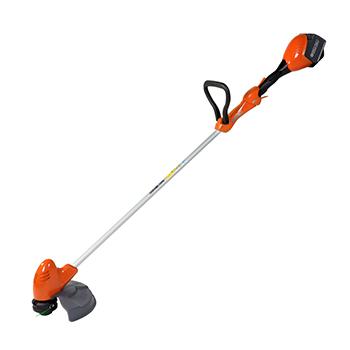
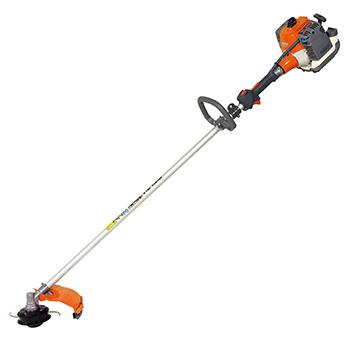
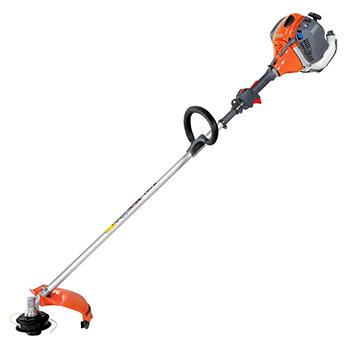
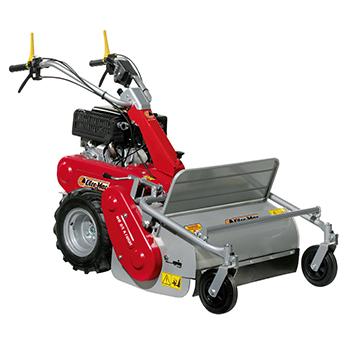
One practical and precise way to cut grass and weeds on your lawn (including along the edges) is by using a brushcutter. Choose from electric models, battery operated machines like the Oleo-Mac BCi 30, or petrol engine models. Or select a suitable petrol engine brushcutter based on the thickness and surface area of the vegetation that you’re dealing with. From lightweight brushcutters like the SPARTA 250 S, to medium power brushcutters such as the SPARTA 381 S or BC 300 S, up to professional brushcutters like the BC 400 S or BC 530 S models, which are suitable for the most discerning gardeners.
As an alternative to a brushcutter or lawnmower, you can control weeds using a flail mower, which not only cuts but also chops up the grass, including the toughest thickets. For example with the Oleo-Mac WB 65 K1100H self-propelled model with 38 blades can cover areas up to 5,000 m², even on sloping terrain.
Soil tillage is another system for reducing the proliferation of weeds in your vegetable patch or orchard. It involves grass planting between the tree rows and tilling the soil within the rows. Hand hoeing or turning the soil with a rotary tiller or two wheel tractor buries and devitalises mature weeds on the one hand, while forcing their seeds deep underground, thereby preventing them from germinating into new seedlings.
You can also remove weeds from the garden with flame weeding, involving the use of a backpack-mounted gas blowtorch to dry out the plants by causing thermal shock.
How to prevent weeds
If the weeds have not yet germinated, you can adopt a series of precautions and techniques to prevent that happening. First of all, don't leave the ground bare, because weeds can take root in every inch of unoccupied soil: so, use mulching. Before planting vegetables, cover the soil of your vegetable patch with mulch sheets in plastic or non-woven fabric, or alternatively use straw or dry leaves. In the flower beds of your garden you can mulch with bark or lava rock: in addition to suppressing weed growth, these materials are also visually pleasing.
In summer you can resort to solarisation, which involves covering the tilled and wetted soil with a transparent plastic sheet. This creates a greenhouse effect that warms up the soil, devitalising weed seeds and any parasites nesting underground.
To suppress weeds in the garden you can practice false sowing, by tilling the soil as if preparing the seedbed and then watering it without sowing. When the weed seedlings germinate, till the soil again to eliminate them, before preparing the actual seedbed for your vegetables.
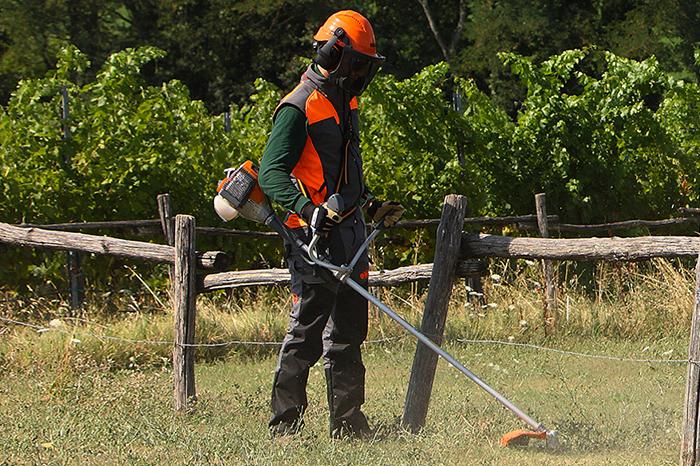
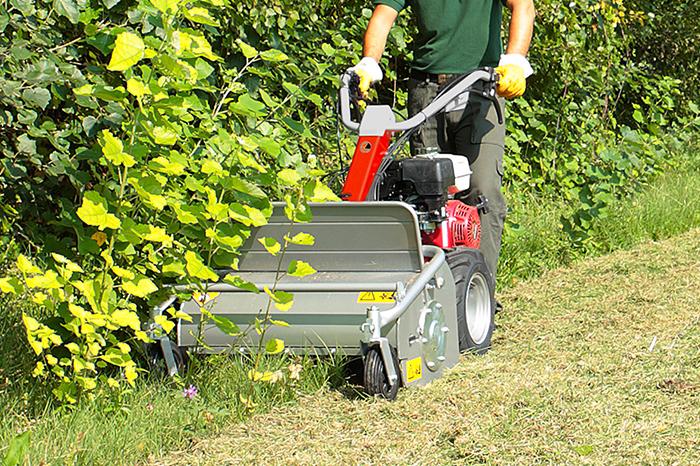
How to avoid weeds: a few more tips
Here are some final suggestions for getting rid of weeds in your lawn, vegetable plot and garden:
-
Use only mature compost (composted for at least 6 months) for fertilising: fresh compost is potentially rich in weeds that are ready to germinate, but these weeds are deactivated by the high temperatures generated during the maturation process.
-
Do you need to use imported fill material? Just be aware that the imported soil will also contain weeds.
-
Use only pure seeds or, instead of sowing, plant seedlings so that you stay one step ahead of the weeds, which are still in the seed state when your crop has already germinated.
-
Choose vigorous and fast growing species for your garden and vegetable patch, giving them the right conditions to beat the weeds: your seedlings should be planted close together (but not too close) so that they occupy as much space as possible before the weeds can take root there.
-
Water and fertilise regularly, for example using a drip irrigation system, so that the weeds can’t exploit the excess water and nutrients available.



